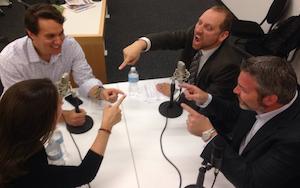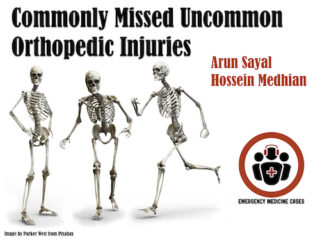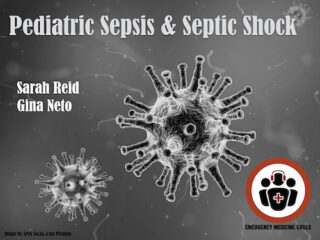EM Cases emergency medicine education podcast
Journal Jam 2: Small Bore Chest Tube and Outpatient Management of Pneumothorax
It makes sense that the treatment of primary spnontaneous pneumothorax would lend itself well to outpatient management, since patients are usually young and otherwise healthy, and the mortality and morbidity from these air leaks are really very low. Most patients would rather be managed as an outpatient rather than admitted to hospital and sending these patients home would probably end up saving the system resources and money. In this month's Journal Jam Podcast on small bore chest tube and outpatient management of pneumothorax, the highlighted article that Anton Helman and Teresa Chan discuss is Voison et al. on the “Ambulatory Management of Large Spontaneous Pneumothorax With Pigtail Catheters.” We hear from Michelle Lin, Seth Trueger, Heather Murray and the lead author himself, Stephan Jouneau. Questions posed include: In what ways is the use of small bore catheters with Heimlich valves for spontaneous pneumothorax better than needle aspiration? Is it necessary to repeat a CXR after placement of the catheter? Who should follow up these patients after they are discharged from the hospital? How can we minimize kinking and dislodgement of the catheter? and many more..... [wpfilebase tag=file id=523 tpl=emc-play /] [wpfilebase tag=file id=524 tpl=emc-mp3 /]









